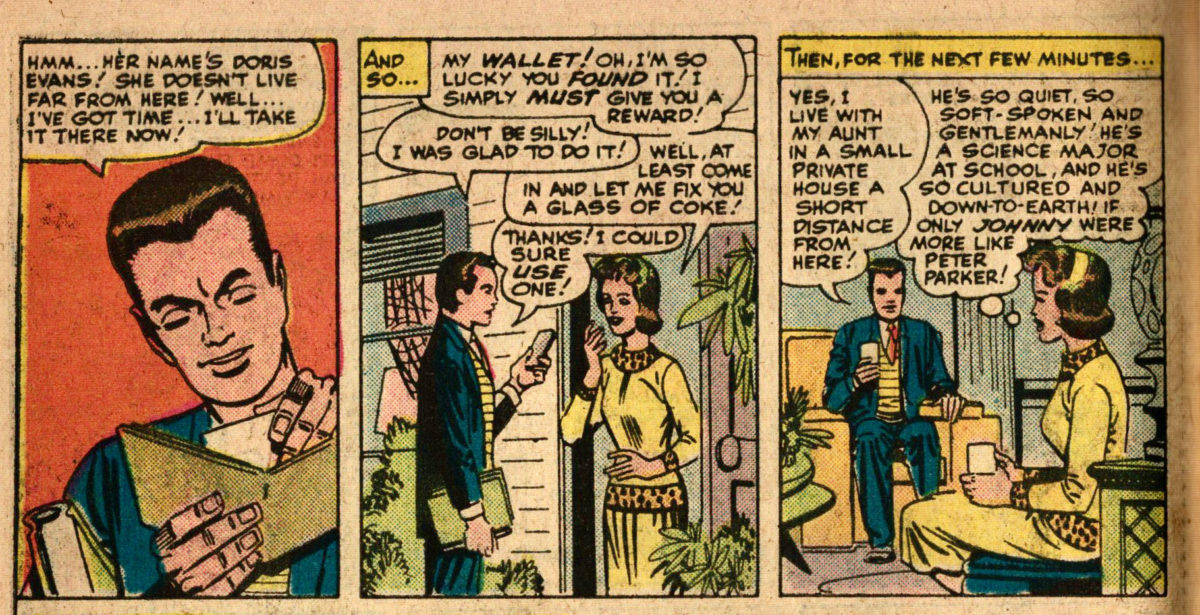Featuring: Fantastic Four
Release: February 12, 1963
Cover: May 1963
12 cents
Script: Stan Lee
Art: Jack Kirby
Inking: Dick Ayers
22 pages

I read this story in Fantastic Four Omnibus vol. 1.
Kirby got a fill-in for almost every book he draws in the last couple months… except for this one. This is clearly his baby in a way the others are not. That is also evident in the fact that Lee does all the scripts. That the Human Torch, Thor, Ant-Man, and Iron Man stories have rotating scripters and fill-in artists tells you where they fall on the totem pole compared to Fantastic Four.
I’ve struggled some (actually, for years going on decades) with the question of what order to read these stories in. I’m not alone. Marvel has published indices dedicated to chronology. The Marvel Chronology Project has painstakingly ordered the events of each characters’ lives to make sense. The Complete Marvel Reading Order is focused on what makes the “best” read, which includes keeping stories together.
So far, I’ve mostly focused on release date, catalogued in Mike’s Amazing World. Going in order by date has yielded several insights. I can see when Kirby suddenly had lots of fill-in artists take over. I can see cool facts, like that Thor, Ant-Man, and Spider-Man were all introduced the same day. It’s added a lot to my understanding of the context of these stories to go in time order.
Since most issues have been self-contained and there’s been minimal crossover, there’s been no reason to go in anything but date order. But the stories will become increasingly complex. And it might be nice to read single story-arcs together to appreciate them best.
I did some light fudging last time. Fantastic Four #13 was released January 3, yet I chose to read it after two comics released January 10. Similarly, this comic was released on February 12, but I am reading it before two comics released on February 5. That is because issue 14 picks up right where #13 ended, with the FF still not back from the moon. This will become more common, that the ending of one story will lead into the beginning of the next, and I won’t always be able to place such stories together. But this was easy enough to do.

As an example of something lost in the shuffle if I don’t go in strictly chronological order… this is the first issue we see something pretty cool. There’s a new logo added to the cover, with the word “Marvel” appearing for the first time. I’ve been calling this the “Marvel Age”, and now we see why. This line of titles is officially taking the name “Marvel”! But it didn’t actually begin here. It began last week with Strange Tales and Journey Into Mystery. We’ll read those next.
Continue reading “Fantastic Four #14”




























